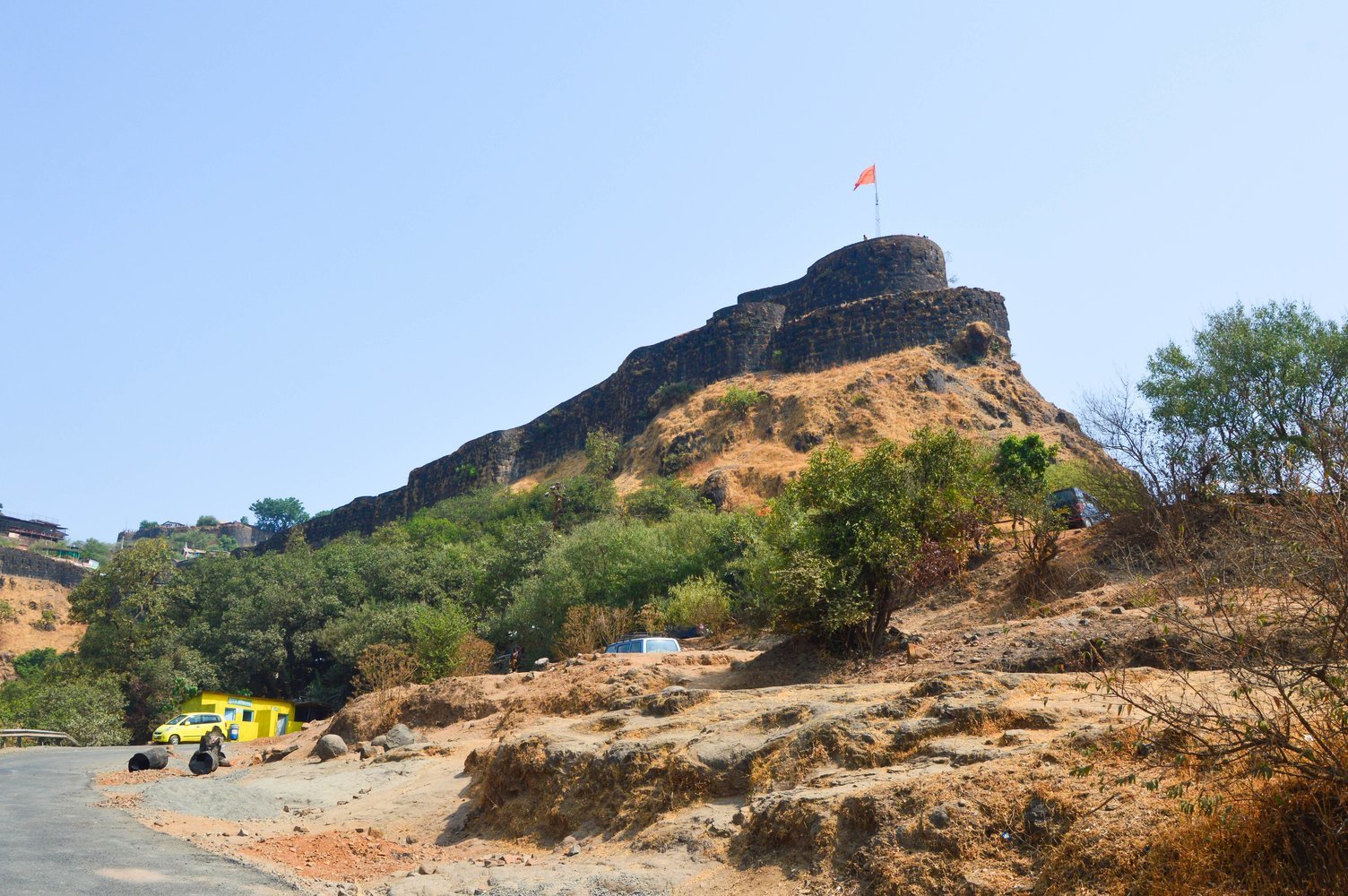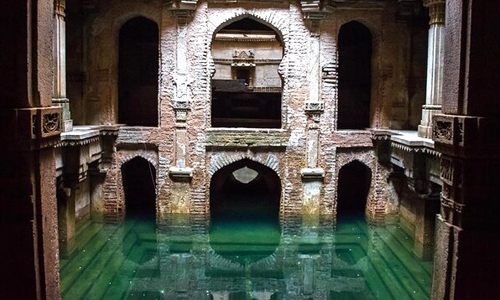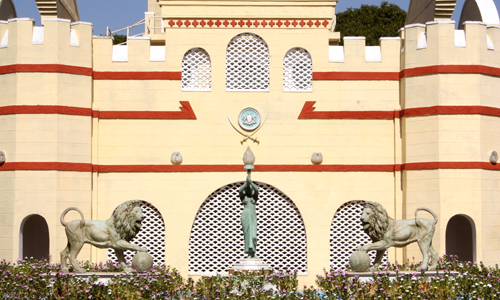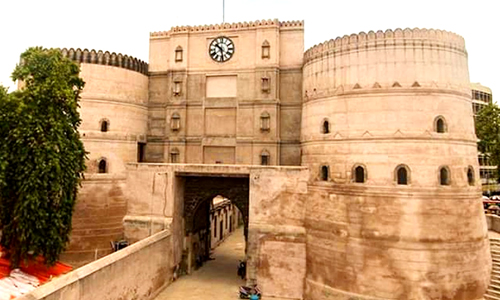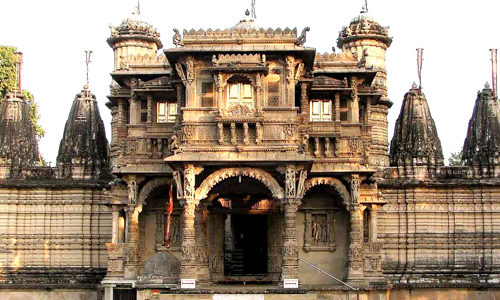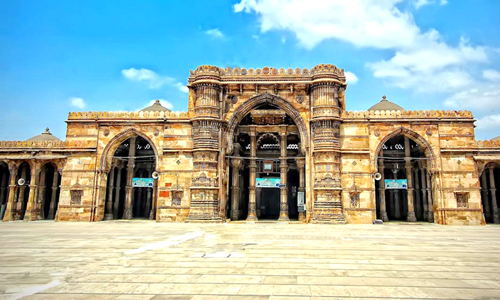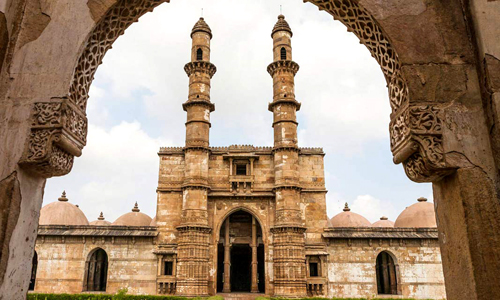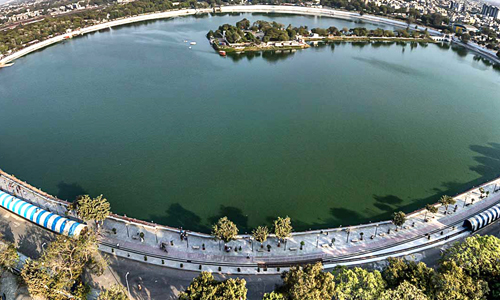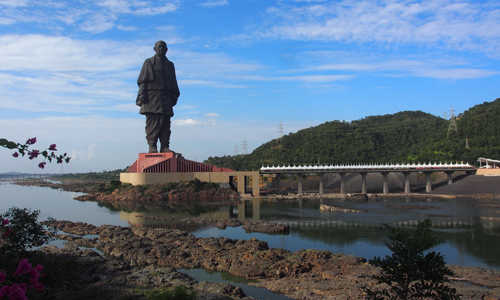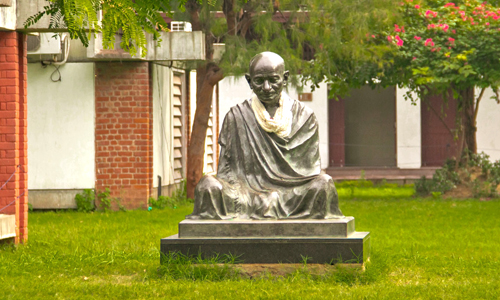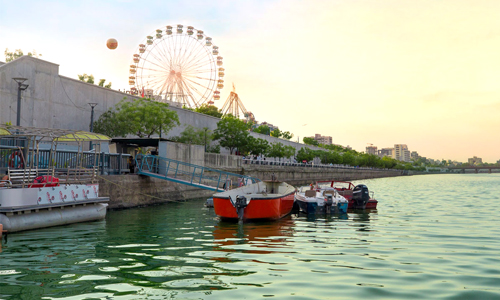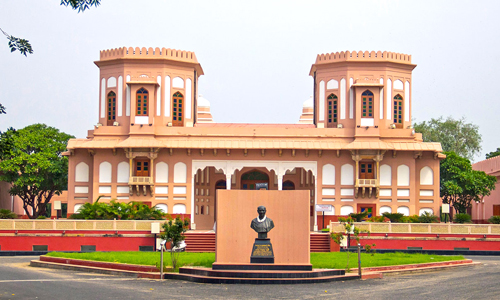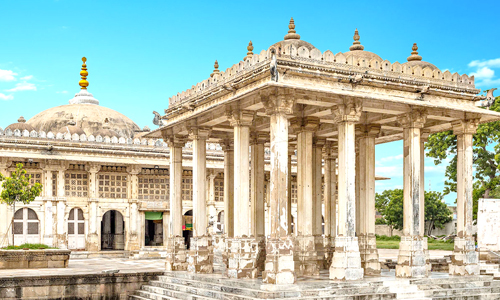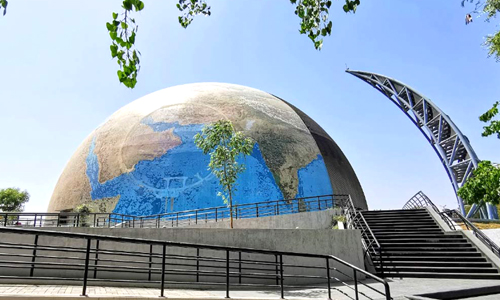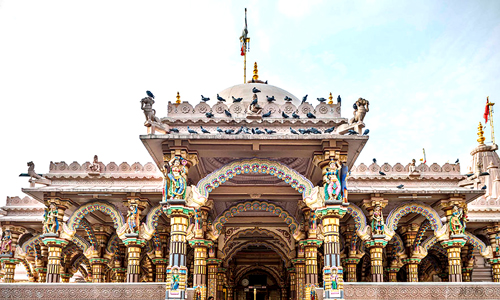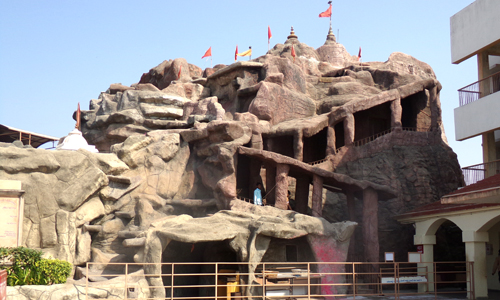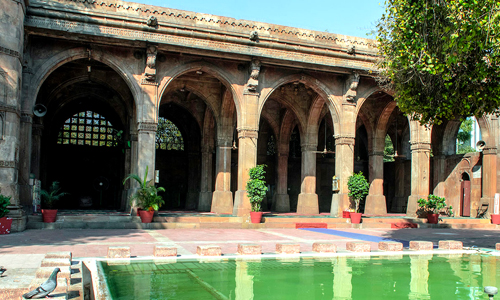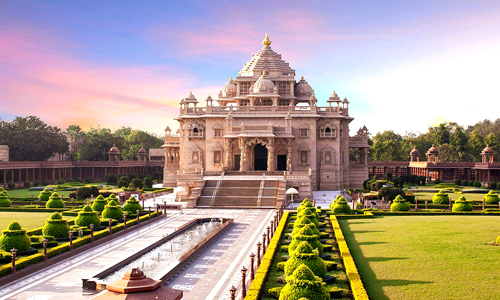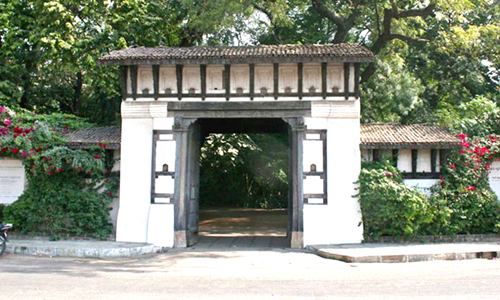The word "vav" refers to a step well. Gujarat is well-known for its famous Dada Harir Vav, including those at Patan and Baroda. In the state, there are approximately 120 stepwells. The purpose of these stepwells was to store water and make it easily accessible due to the surrounding steps.
The Gujarati climate was the driving force behind the construction of these stepwells. This area has long had a semi-arid environment with erratic, occasionally infrequent rainfall. One of the most popular attractions among the places to visit in Ahmedabad.
Long before more modern techniques became available for the people living in the city, these step wells were the best way to store water. When visitors stopped at these stepwells to rest, they also used them as resting places. They filled up their water bottles and took a break on the steps at this location.
These stepwells were more than just water-filled tanks with steps. They are pieces of art exhibiting superb craftsmanship and capturing the city's history. When they took shape, they accurately reflected the prevalent culture of the city.
What is the history of Dada Harir Vav?
There are two such Vav in Ahmedabad; the Dada Hari ni Vav is one of them. This five-hundred-year-old Vav was under Sultan Mahmud Begada's rule. There is uncertainty over the precise year this Vav was built.
This stepwells wall bears a Persian inscription indicating its building year of 1485, while another wall bears a Sanskrit inscription indicating its construction year of 1499 A.D.
Bai Harir Sultani, Mahmud Begada's household wife and the supervisor of the Royal Harem, constructed this Vav. Immediately beyond Dada Hari ni Vav lies her mausoleum in the Sultani Mosque. The construction of this Vav had cost around 3,29,000 Mahmudis at that point. In modern terms, this sum exceeds one lakh rupees.
Who built the stepwell?
Sultan BaiHarir constructed the stepwell in 1845 by a Muslim monarch. According to a Sanskrit inscription, the seven-story stepwell at Dada Hari ni Vav was constructed in 1500 AD. It is also referred to as Dada Hari in the community, during the reign of Mahmud Shah.
What type of stepwell is Dada Harir Vav?
Organisation. The Dada Harir stepwell is five floors high and was constructed using sandstone in the Solanki architectural style. The well is divided into five levels, with an octagonal shape for the east level. A site must be in the Ahmedabad tour package.


